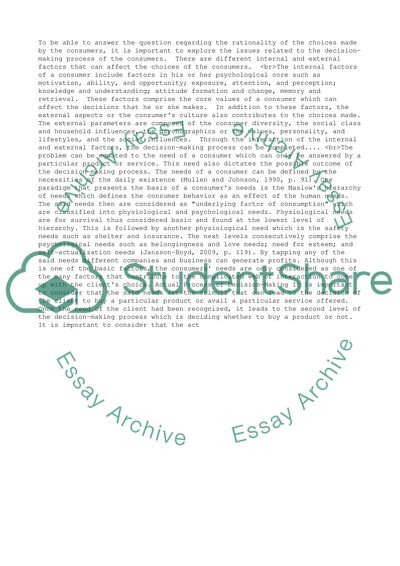Cite this document
(“Do Consumers Really Make Rational Decisions Essay”, n.d.)
Retrieved de https://studentshare.org/business/1390793-pool-of
Retrieved de https://studentshare.org/business/1390793-pool-of
(Do Consumers Really Make Rational Decisions Essay)
https://studentshare.org/business/1390793-pool-of.
https://studentshare.org/business/1390793-pool-of.
“Do Consumers Really Make Rational Decisions Essay”, n.d. https://studentshare.org/business/1390793-pool-of.


